- 6001 Elvas Ave, Sacramento
- Mon-Fri 7 AM-5 PM
- (916) 451-5176
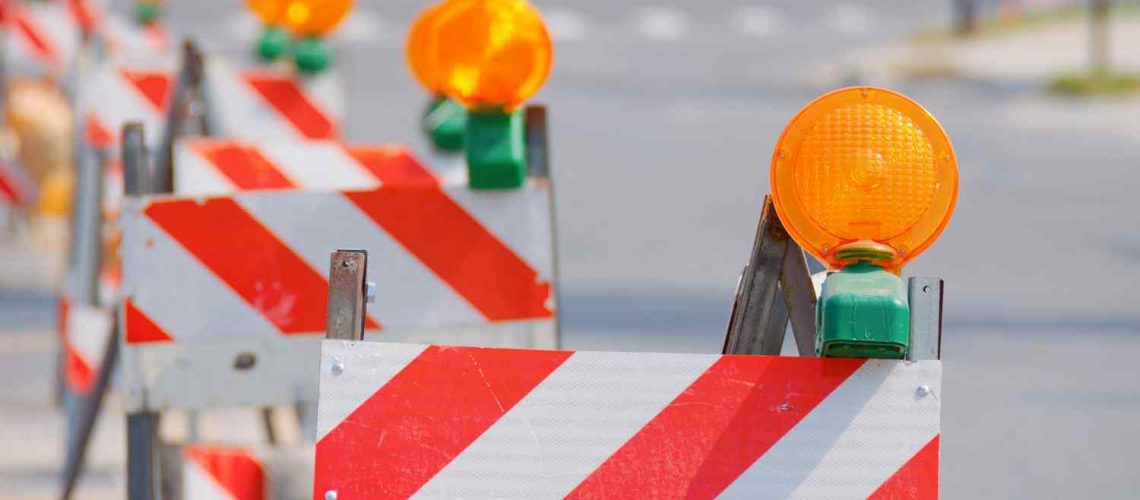
Traffic barricades are not just ordinary road barriers; they are the unsung heroes of traffic control, ensuring the safety of motorists, pedestrians, and workers alike. Let’s explore the efficiency of traffic barricades, shed light on how they work to maintain order, and discuss their various types and applications in enhancing safety and efficiency on the road.
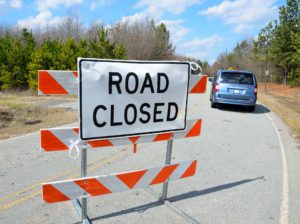
One of the primary functions of traffic barricades is to provide clear visual guidance to drivers. These highly visible barricades, often made of bright colors such as orange or yellow, effectively catch the attention of motorists, alerting them to potential hazards or changes in traffic patterns.
By clearly marking off restricted areas, lane closures, work zones and construction projects, barricades help drivers navigate safely and make informed decisions. The bold signage and reflective materials on barricades ensure that drivers can easily identify and follow designated routes, reducing the risk of accidents and traffic congestion.
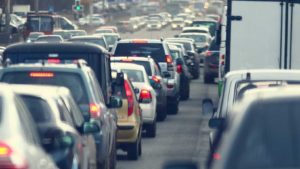
Barricades play a crucial role in channeling traffic flow. They help create organized lanes, diverting vehicles away from construction sites, accident scenes, or event areas. By establishing a clear and designated pathway for motorists, barricades prevent confusion and reduce the risk of accidents.
Whether it’s redirecting traffic during road repairs, managing large-scale events, or guiding drivers around temporary obstructions, these barriers ensure that drivers stay on the intended route and maintain a safe distance from ongoing work, enhancing overall traffic efficiency.
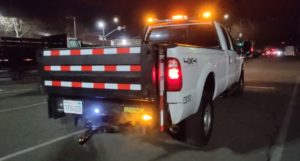
Traffic barricades are designed with safety in mind. They are equipped with reflective sheeting and strategically placed reflectors, ensuring optimal visibility both during the day and at night. By reflecting light from headlights, they enhance visibility in low-light conditions, making drivers aware of upcoming road conditions or hazards.
This increased visibility helps to prevent collisions and keeps workers and pedestrians safe. Additionally, some barricades feature flashing lights or LED displays, further enhancing visibility and alerting drivers to changing road conditions or temporary closures.
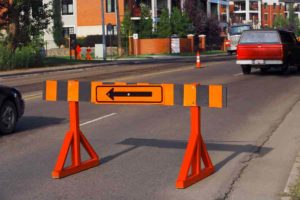
Traffic barricades come in various types, each serving specific purposes:
These concrete barriers are commonly used on highways and major roadways to separate traffic lanes and provide physical protection. They are durable, sturdy, and capable of withstanding high-speed impacts, making them ideal for work zone protection.
These plastic barriers are lightweight when empty, but when filled with water, they provide a sturdy and effective barrier. They are commonly used for temporary road closures, events, or pedestrian safety, offering flexibility and ease of transportation.
These portable barricades are constructed from plastic or metal and feature reflective sheeting for high visibility. They are typically used for redirecting traffic, indicating lane closures, or marking temporary hazards. The type of barricade used depends on the severity of the traffic control situation.
Designed specifically for pedestrian safety, these barricades are shorter in height and often equipped with additional features such as signage or directional arrows. They are commonly used in construction zones or event areas to ensure a clear and safe pathway for pedestrians.
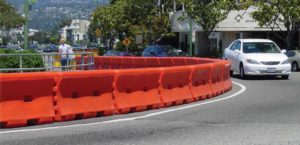
Traffic barricades are designed to meet strict regulatory standards and guidelines. They are constructed to withstand impact, ensuring durability and stability in various weather conditions. These standards ensure that the barricades can effectively serve their purpose and protect road users as intended.
Traffic control companies work diligently to ensure that their barricades meet or exceed these regulations, conducting regular inspections, maintenance, and quality checks. This commitment to compliance guarantees the safety and efficiency of their projects, providing peace of mind for both the traffic control company and their clients.
Traffic barricades are not just physical barriers; they are a critical component of traffic control that ensures the safety and efficiency of our roadways. From providing clear guidance to channeling traffic flow and enhancing visibility, these barricades play a vital role in maintaining order and protecting everyone on the road.
As traffic control companies like Capitol Barricade continue to prioritize safety, invest in high-quality barricades, and adapt to ever-evolving traffic scenarios, we can all enjoy smoother traffic flow, reduced accidents, and enhanced safety while navigating through California’s streets.
So, let’s appreciate the power of traffic barricades and recognize their contribution to creating a safer and more efficient transportation infrastructure.

Copyright ©2025 • Capitol Barricade